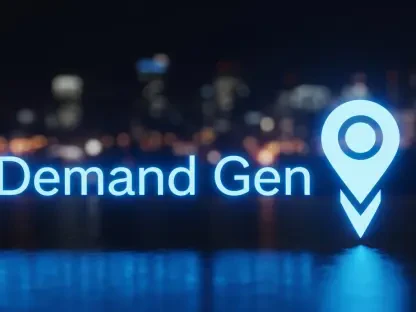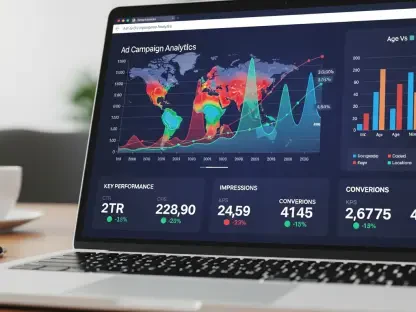The retail sector is on the cusp of a revolution, propelled by the rise of mobile technology and Location-Based Marketing (LBM). By harnessing the power of consumers’ physical locations, retailers are crafting marketing messages with unparalleled relevance and impact. This is bridging the gap between the digital and the physical realms and is reshaping how consumers interact with retail brands.
Understanding Location-Based Marketing (LBM)
Utilizing technologies such as GPS, Geofencing, and Beacons, LBM taps into customer location data to deliver highly targeted marketing efforts. GPS Marketing pinpoints a consumer’s position to send location-centric promotions, while Geofencing triggers communications when a customer crosses a virtual boundary. Beacon Advertising uses Bluetooth to engage customers with hyper-localized messages within stores.
The Goal of LBM in Enhancing Customer Experience
LBM’s primary objective is to enhance the customer experience by providing personalization and timely interaction. It banks on the idea that a customer’s location can influence their shopping behavior, delivering content that is seen as valuable rather than intrusive, and fostering brand loyalty through personalized experiences.
The Advantages of LBM for Retailers
LBM brings precision to marketing, targeting consumers where and when it matters most. This precision, coupled with real-time campaign optimization and a wealth of data on consumer behavior, presents distinct advantages for retailers, from increased advertising efficiency to strategic long-term insights.
The Challenges Faced in LBM Implementation
Implementing LBM is not without its hurdles. Privacy concerns and data accuracy are among the challenges retailers must navigate, as well as ensuring that advertising resonates with the intended audience through meticulous demographic targeting.
Successful Case Studies in Retail LBM
Leading brands like Coach and Toyota showcase the success of LBM, with campaigns leading to significant increases in customer engagement and in-store visits, proving the effectiveness of this marketing approach.
The Role of LBM in the Future of Retail
In a market craving personalization and immediacy, LBM is poised to become a cornerstone of customer engagement. As technology evolves, LBM is expected to integrate emerging trends like augmented reality, maintaining its position at the forefront of retail innovation.
Crafting Effective LBM Strategies for Retail Success
For LBM to succeed, strategies must be time-sensitive, context-aware, and resonate with a brand’s narrative. Audience segmentation and transparency in data practices are crucial, as is learning from past successes to overcome challenges and maximize the potential of LBM for increased customer loyalty and sales.Through strategic and thoughtful application, LBM can fortify its status as the linchpin of future retail engagement, bridging the digital divide and fostering long-term relationships between brands and their customers.









